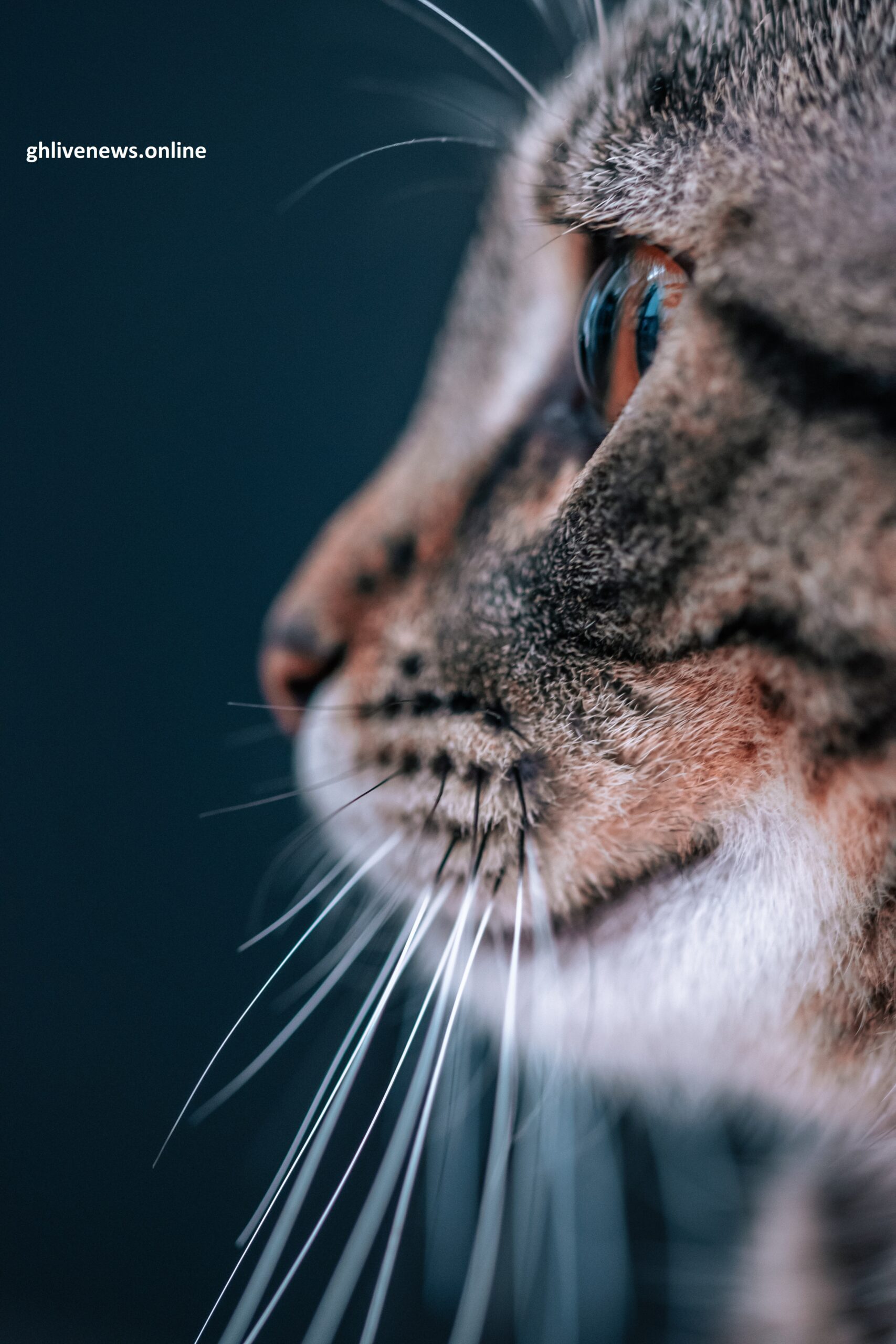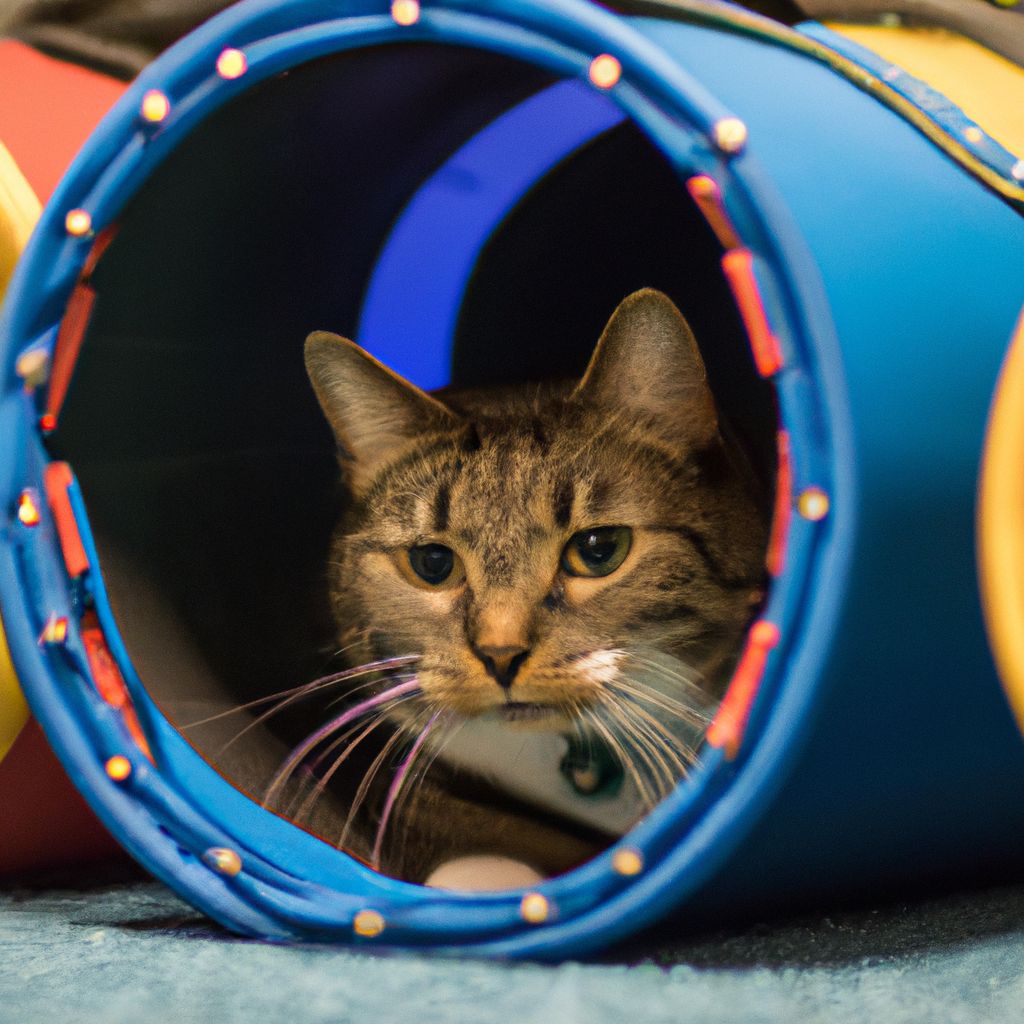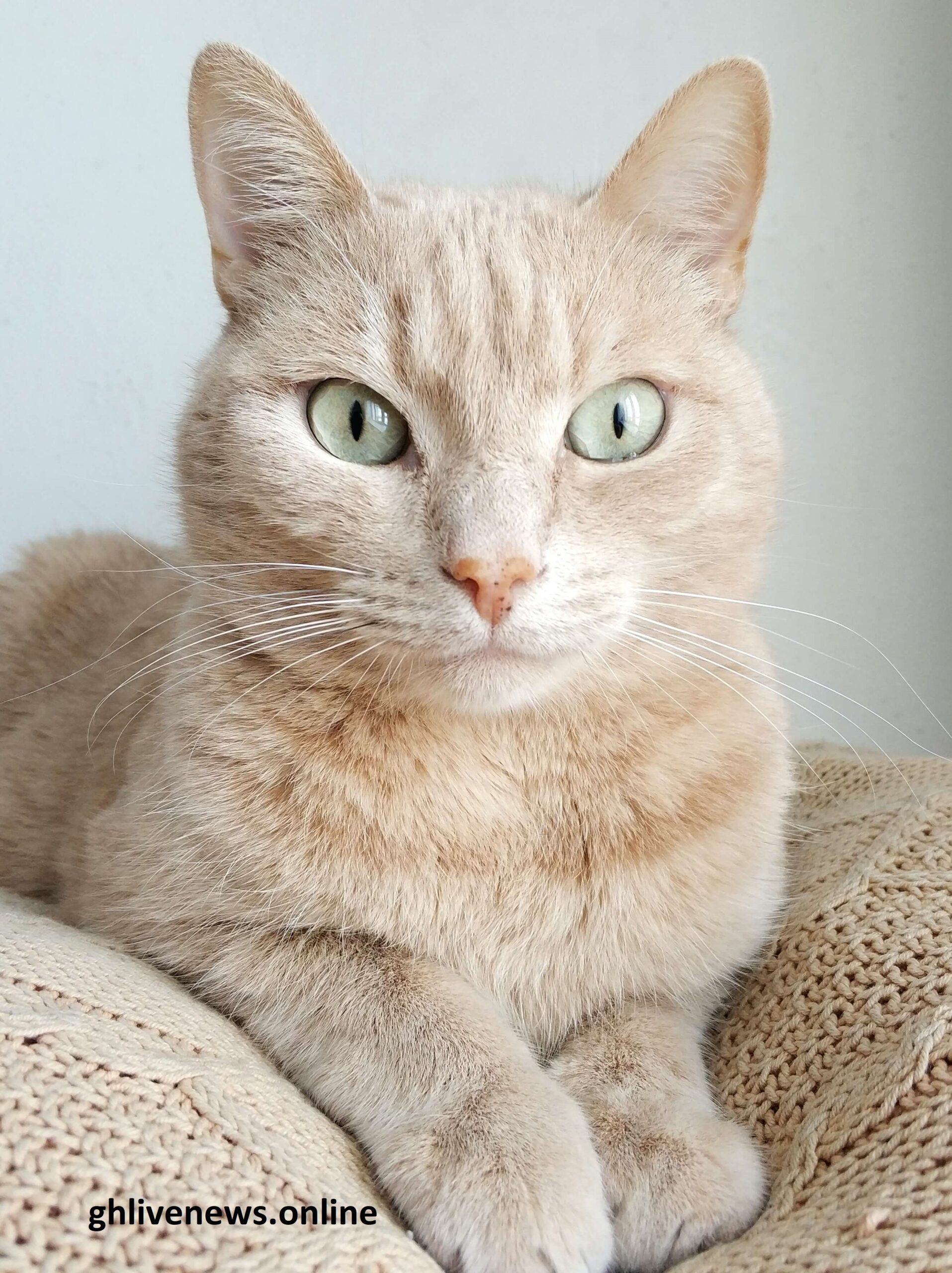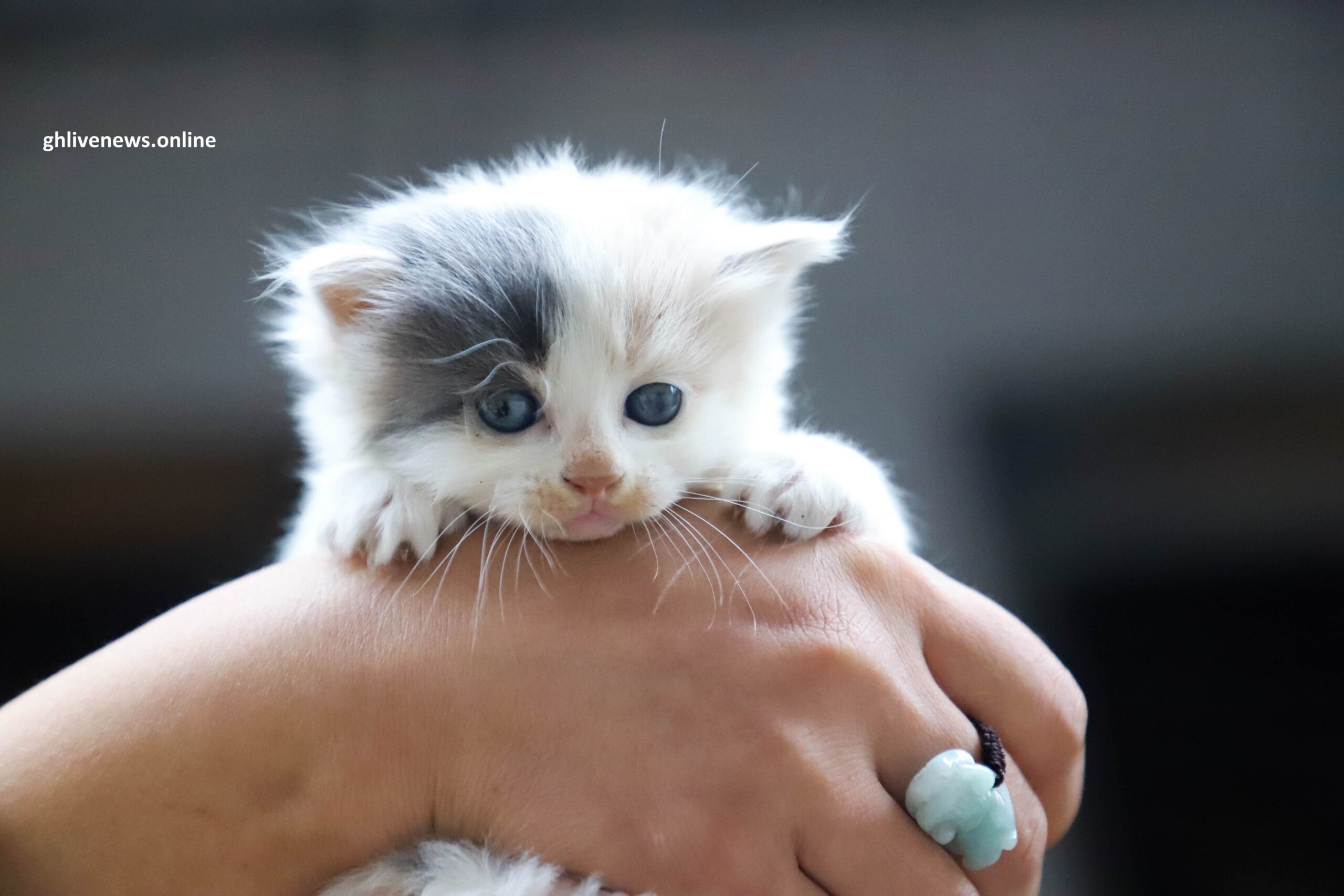Key Takeaway:
- Cat training is important for creating a well-behaved and happy pet. It helps establish boundaries, prevent behavior problems, and strengthen the bond between the cat and its owner.
- Understanding the core principles of cat training, such as positive reinforcement and consistency, is crucial for successful training sessions.
- Preparing for cat training involves stocking up on treats and rewards, finding the best time for training, keeping sessions brief, eliminating distractions, and maintaining consistency with cues.
- When getting started with cat training, it is important to focus on one skill at a time, use repetition to reinforce learning, and rely on positive reinforcement to encourage desired behaviors. Patience and persistence are key.
- There are various cat training methods, including clicker training, hand signals, and voice cues. Exploring these methods and finding what works best for the individual cat is essential.
- Reinforcing good behavior through litter training, teaching basic commands, and addressing behavior problems is crucial for ensuring a well-behaved cat.
- Cat training offers numerous benefits, such as a happier and more obedient pet, a stronger bond between owner and cat, and reduced likelihood of behavior problems.
Introduction: Why Cat Training Is Important
Cat training is a crucial aspect of pet ownership. Training your cat not only enhances their overall well-being, but it also establishes a strong bond between you and your feline companion. By engaging in training activities, you can ensure that your cat understands basic commands, exhibits appropriate behavior, and stays safe in various situations. The importance of cat training lies in its ability to create a harmonious and enjoyable living environment for both you and your cat.
Understanding the Basics of Cat Training
When it comes to training our feline friends, understanding the basics is crucial. In this section, we will dive into the core principles of cat training to help you establish a solid foundation. By grasping these fundamental principles, you’ll be better equipped to communicate effectively with your cat and achieve successful training outcomes.
So, let’s explore the key principles that underpin cat training and discover how they play a vital role in shaping your cat’s behavior and learning capabilities.
The Core Principles of Cat Training
The core principles of cat training can be summarized as follows:
- Using positive reinforcement: Rewarding desired behaviors with treats or praise encourages cats to repeat those behaviors.
- Focusing on one skill at a time: By breaking down training into small, achievable steps, cats are more likely to succeed and stay engaged.
- Maintaining consistency with cues: Using the same verbal or visual cues consistently helps cats understand what is expected of them.
Apart from these core principles, it is important to remember that every cat is unique and may respond differently to training techniques. Understanding your cat’s individual needs and preferences will be key in developing an effective training plan.
With the help of clicker training, hand signals, and voice cues, you can communicate effectively with your cat and reinforce good behavior. Litter training and teaching basic commands are essential aspects of training, while addressing behavior problems requires patience and persistence.
Overall, implementing the core principles of cat training can lead to a better-behaved and happier feline companion.
A true fact about cat training is that positive reinforcement has been scientifically proven to be more effective than punishment-based methods. According to a study conducted by the Journal of Applied Animal Behavior Science, cats trained using positive reinforcement showed higher task performance compared to those trained using punishment-based methods.
Preparing your cat for training is like stocking up on treats and rewards – it’s essential for a successful session and a happy feline!
Preparing for Cat Training
When it comes to preparing for cat training, there are a few key elements to consider:
- First and foremost, stocking up on a variety of tasty treats and rewards is essential to motivate your feline friend during the training process.
- Next, finding the best time for training is crucial, as cats are more receptive when they are alert and engaged.
- It’s also important to keep training sessions brief, as cats have shorter attention spans.
- Additionally, eliminating distractions and maintaining consistency with cues can greatly enhance the effectiveness of your training efforts.
Stocking Up on Treats and Rewards
- Choose high-quality treats that are appealing to your cat’s taste buds.
- Varied types of rewards, such as verbal praise or playtime, can also be used alongside treats.
- Keep a stockpile of treats and rewards readily available for training sessions.
- Consider the size and texture of the treats, making sure they are easily manageable for your cat.
In addition to these points, it’s crucial to establish a consistent reward system with clear cues and signals that your cat can easily understand. This will help in reinforcing the desired behaviors effectively.
A true fact: According to the article ‘How to Train Your Cat’, stocking up on treats and rewards plays a critical role in motivating cats during training sessions.
Timing is everything in cat training…unless you’re trying to get your cat to come when called during nap time.
Finding the Best Time for Training
Finding the ideal training time for your feline companion is crucial to their success. Understanding their natural rhythms and preferences will allow you to maximize their focus and engagement during sessions. Consistency in timing will also help create a routine that they can easily adapt to. Additionally, identifying when your cat is most active and receptive to learning will ensure that training sessions are efficient and effective.
To find the best time for training, observe your cat’s behavior patterns. Cats are generally more active during certain periods of the day, such as early morning or late afternoon. Take note of when your cat is most alert and engaged, as this will be an optimal time for training.
Furthermore, pay attention to any specific cues from your cat indicating their readiness for training. These cues can include increased playfulness, curiosity towards treats or toys, or an eagerness to interact with you. By recognizing these signals, you can seize the opportunity to initiate a training session.
Moreover, consider the environment in which you conduct training sessions. Ensure that there are minimal distractions present, such as loud noises or other animals roaming around. A quiet and comfortable space will help your cat stay focused on the task at hand.
In addition to selecting the best time for training, it is important to maintain consistency in cueing your cat. Use clear and concise verbal commands or hand signals consistently throughout training sessions. This will help establish a strong association between the cues and desired behaviors.
Overall, finding the best time for training is essential in order to optimize your cat’s learning potential. By understanding their preferences and adapting accordingly, you can create a positive and enjoyable experience for both you and your feline friend.
Training cats is like squeezing water from a stone, so keep your sessions brief and save your sanity.
Keeping Training Sessions Brief
To maximize the effectiveness of cat training sessions, it is crucial to keep them brief. By shortening the duration of training sessions, you can maintain your cat’s focus and prevent them from becoming overwhelmed or bored.
Here is a 4-step guide to help you keep your training sessions brief:
- Plan ahead: Before starting a training session, decide on the specific skill or behavior you want to work on with your cat. This will allow you to stay focused and avoid spending unnecessary time on other tasks.
- Set a time limit: Limit each training session to around 10-15 minutes. Cats have shorter attention spans compared to dogs, so keeping the sessions short ensures that your cat stays engaged and attentive throughout.
- Break it down: Instead of trying to teach your cat everything in one session, break down the desired skill into smaller steps. Focus on mastering one step at a time during each training session, gradually progressing towards the ultimate goal.
- End on a positive note: Always finish a training session on a positive note, even if your cat hasn’t fully mastered the skill yet. This helps reinforce their progress and sets them up for success in future sessions.
By following these suggestions and keeping your training sessions brief, you can ensure that your cat remains motivated and attentive during their learning process. Remember, patience and consistency are key when it comes to successfully training your feline companion.
Removing distractions is key to cat training success, unless your cat finds an empty box more fascinating than treats and commands.
Eliminating Distractions
- Create a quiet space: Find a designated area in your home where there are minimal noise and activity. This will help your cat focus solely on the training session.
- Remove visual stimuli: Clear the training area of any visually stimulating objects or movements that may divert your cat’s attention away from the task at hand.
- Minimize smells: Cats have a strong sense of smell, so it’s important to eliminate any strong odors that could distract them during training. Keep the training area free from scents that might compete for their attention.
- Turn off electronic devices: Ensure that televisions, radios, or any other electronic devices are switched off or placed on silent mode to avoid interrupting the training session with sudden sounds or noises.
- Set boundaries: Use physical barriers or baby gates to prevent your cat from wandering into different areas of the house during the training session. This helps maintain focus and minimizes potential interferences.
- Time distractions: Plan your training sessions during periods when your cat is less likely to be distracted by feeding time, playtime, or other routine activities.
It is essential to note that while eliminating distractions is critical for successful cat training, it is equally important to provide positive reinforcement and patience throughout the process. As cats can be easily distracted by their surroundings, removing these disturbances enables them to concentrate on learning tasks more effectively.
In one particular instance, a cat owner named Lisa was struggling to train her feline companion, Max. She noticed that Max would often get distracted by passing cars outside their apartment window during training sessions. Determined to eliminate this distraction, Lisa decided to close the curtains and create a serene environment specifically for training purposes. To her delight, Max became much more focused and responsive after eliminating this visual distraction, allowing them to make significant progress in their training sessions. This story highlights the power of eliminating distractions in helping cats reach their full potential in training.
Don’t expect your cat to follow your cues if you can’t even follow your own New Year’s resolutions.
Maintaining Consistency with Cues
- Use consistent verbal or visual cues for each command or action.
- Reinforce the desired behavior promptly and consistently every time.
- Avoid changing cues or introducing new ones too quickly, as it can confuse the cat.
- Practice regularly to reinforce the correct response to each cue.
- Be patient and consistent in your expectations and rewards for cues.
It is essential to maintain consistency with cues throughout the cat training process. By using the same cues repeatedly, reinforcing good behavior consistently, and practicing regularly, you can help your cat better understand what is expected of them.
A pro tip: Avoid adding multiple new cues simultaneously as it can overwhelm your cat. Introduce them one at a time for better understanding and retention.
Time to put your cat’s natural curiosity to good use and start unlocking their full potential through training.
Getting Started with Cat Training
When it comes to training your cat, getting started is crucial. In this section, I want to share some valuable insights on how to begin your cat training journey successfully. We’ll start by focusing on one skill at a time, allowing us to break down the training process into manageable steps. The power of repetition will also play a significant role in helping our feline friends learn and retain new behaviors. Additionally, we’ll explore the effectiveness of positive reinforcement in motivating your cat and how patience and persistence are key ingredients for long-term success.
Focusing on One Skill at a Time
Focusing on a Single Skill
To effectively train your cat, it is important to focus on one skill at a time. This approach allows for better concentration and understanding, leading to quicker and more successful training outcomes.
- Break it down: By isolating a specific skill, such as litter training or basic commands, you can prioritize your cat’s learning and avoid overwhelming them with multiple tasks at once.
- Clear communication: Focusing on one skill allows you to fine-tune your cues and signals, making it easier for your cat to understand what behavior is expected of them.
- Reinforcement consistency: By concentrating on one skill at a time, you can reinforce desired behaviors consistently, reinforcing the learning process and creating lasting habits.
- Avoid distractions: When you focus on one skill, you can eliminate potential distractions that may hinder your cat’s attention and progress during the training session.
- Building confidence: Concentrating on a single skill helps build confidence in both you and your cat as you achieve small but meaningful milestones together.
- Mastery before moving on: By devoting dedicated time to mastering one skill before moving on to the next, you ensure that your cat has a solid foundation of skills in their training repertoire.
By focusing on one skill at a time during your cat’s training journey, you create an environment that fosters clear communication, consistent reinforcement, and gradual progression towards mastery. This approach ultimately leads to more effective training outcomes while strengthening the bond between you and your feline companion.
How many times does it take to train a cat? Repetition: the answer is repetition.
The Power of Repetition
The effectiveness of repeating actions is a powerful tool in cat training. It involves consistently reinforcing desired behaviors to establish habits and improve learning.
- Reinforcement through repetition enhances the cat’s understanding of commands and cues.
- Consistent repetition helps the cat retain information and reinforce positive associations.
- The power of repetition lies in its ability to create predictable patterns for the cat, making training sessions more effective.
- By incorporating repetition into training exercises, cats can develop good habits and respond more reliably to commands over time.
Furthermore, by focusing on the power of repetition, trainers can ensure that their cats are receiving consistent messaging and reinforcement. This helps avoid confusion and promotes faster learning.
Using positive reinforcement is like bribing your cat with treats, but in a totally legal and ethical way.
Using Positive Reinforcement
Positive reinforcement is a powerful tool when it comes to cat training. By using positive reinforcement techniques, such as providing treats or rewards, you can motivate your cat to repeat desired behaviors. This approach focuses on rewarding good behavior rather than punishing bad behavior, creating a positive and encouraging learning environment for your cat.
Through positive reinforcement, you can effectively communicate with your cat and reinforce their understanding of what behaviors are desired. By offering treats or rewards immediately after they exhibit the desired behavior, you are strengthening the association between the action and the reward. This helps your cat learn that certain behaviors lead to positive outcomes, increasing their motivation to perform those actions in the future.
In addition to using treats or rewards, it’s important to also offer verbal praise or physical affection to further reinforce the desired behavior. Cats respond well to positive interactions and will be more likely to repeat behaviors that result in praise or attention from their owners.
By consistently using positive reinforcement techniques during training sessions, you can effectively shape your cat’s behavior over time. It’s important to be patient and persistent during the training process, as cats may require multiple repetitions before fully grasping a new skill or command.
To sum up, using positive reinforcement techniques is an essential part of effective cat training. By utilizing rewards, praise, and attention, you can create a positive learning environment for your feline friend and encourage them to exhibit desired behaviors.
Training a cat requires more patience and persistence than trying to teach a fish to ride a bicycle.
Patience and Persistence
Patience and persistence are crucial in training cats, as they require consistent repetition and positive reinforcement. By patiently repeating commands and consistently rewarding good behavior, cats can learn desired skills. Furthermore, it is important to remain persistent and not give up on the training process, even if progress may seem slow at times. This dedication will ultimately lead to successful cat training.
In order to effectively train a cat, patience and persistence are key attributes. Cats may take longer to learn certain skills compared to other animals, so it is important to remain patient throughout the training process. By consistently practicing commands and cues with your cat, you can reinforce their understanding of the desired behaviors. Persistence involves continuing to train your cat regularly, even if they do not immediately grasp a skill. With time and consistent effort, cats will begin to understand what is expected of them.
It is worth noting that every cat is unique and may learn at their own pace. Some may pick up new commands quickly, while others may require more time and repetition. Therefore, it is essential for owners to embrace patience and persist in their efforts without becoming discouraged or frustrated.
A true fact: According to the article ‘How to Train Your Cat’, patience is a virtue when it comes to training cats (source).
Cat training methods: a clicker, hand signals, and a whole lot of patience.
Cat Training Methods
When it comes to training cats, there are various methods you can employ to effectively communicate and educate your feline companion. In this segment, I will guide you through the different cat training techniques that have proven to be successful.
We will explore the art of clicker training, where a distinct sound helps establish positive associations. Additionally, we will delve into the realm of hand signals, enabling you to communicate commands without uttering a word. Lastly, we will uncover the power of voice cues, a verbal approach that aids in training your cat.
With these methods in your arsenal, you’ll be well-equipped to engage in effective cat training.
Clicker Training
Clicker training, also known as operant conditioning, is a popular method of feline behavior modification. It involves using a small handheld device that emits a distinct clicking sound to mark desired behaviors in cats.
- Efficient Communication: Clicker training provides clear and immediate feedback to cats, helping them understand which actions result in positive reinforcement.
- Positive Reinforcement: This training technique focuses on rewarding cats for desired behaviors with treats or praise, encouraging them to repeat those behaviors.
- Behavior Shaping: Clicker training allows for the gradual shaping of more complex behaviors by breaking them down into smaller steps and reinforcing each step along the way.
- Consistent Cue Association: By consistently associating the clicker sound with rewards, cats quickly learn to understand and respond to specific cues and commands.
In clicker training, consistency is key. It’s essential to use the same clicker sound every time and follow up with an immediate reward. With time and practice, cats can be trained to perform a wide range of behaviors using this method.
To fully harness the benefits of clicker training, it is crucial for cat owners to invest time and effort into understanding the principles behind this technique. Patience and persistence are vital when working with cats as each feline may respond differently.
If you want to effectively train your cat utilizing clicker training techniques, start by obtaining a clicker device and familiarize yourself with its proper usage. Keep in mind that consistency and positive reinforcement are key components for success.
Don’t miss out on the opportunity to build a stronger bond with your furry companion through clicker training. Using this method can help ensure that your cat understands appropriate behavior while promoting mental stimulation and overall well-being.
Don’t worry, your cat will understand every hand signal… unless it’s giving you the middle finger.
Hand Signals
Using visual cues to communicate with cats, known as ‘Hand Signals’, can be a useful tool for cat training. By using specific hand gestures and motions, you can effectively convey commands and instructions to your feline companion.
Here is a 6-step guide to utilizing ‘Hand Signals’ in cat training:
- Choose distinct hand gestures: Select hand signals that are distinct and easily distinguishable for your cat. It is important to use clear and consistent gestures for each command or behavior you want to train.
- Pair the hand signal with verbal cues: Initially, combine the hand signal with a verbal cue or command that you want your cat to associate it with. For example, when teaching the “sit” command, say “sit” while simultaneously performing the corresponding hand gesture.
- Use positive reinforcement: Each time your cat responds correctly to the hand signal and carries out the desired behavior, reward them with praise or treats. This positive reinforcement will reinforce their understanding of the hand signal and encourage them to repeat the behavior.
- Gradually eliminate verbal cues: As your cat becomes more familiar with the hand signals, gradually reduce the reliance on verbal cues. Eventually, your cat should respond solely to the visual cue of the hand signal without needing any verbal prompts.
- Practice consistency and repetition: Consistency is key in training cats using hand signals. Practice regularly in short but frequent sessions to reinforce their association between gestures and behaviors. Repeat exercises until your cat consistently responds correctly.
- Be patient and persistent: Remember that training takes time and patience, especially when teaching new behaviors through hand signals. Remain calm and persistent throughout the process, providing guidance and encouragement along the way.
Additionally, keep in mind that each cat may respond differently to various gestures and learn at their own pace. So be flexible in adapting the hand signals to suit your individual cat’s needs and preferences.
By using ‘Hand Signals’ effectively in training your cat, you can establish clear communication and enhance their ability to understand and respond to your commands. Happy training!
Teaching your cat to respond to voice cues: Just be prepared for them to only listen when it’s convenient for them.
Voice Cues
Text:
– Utilizing sounds and vocal commands to communicate with cats in a training setting.
– Verbal prompts given by the trainer, such as specific words or tones, to elicit desired behaviors from the cat.
– Voice cues are an effective and easily understandable way to guide cats during training sessions.
– By using consistent voice cues, trainers can establish a language of communication with their cats.
– Cats can learn to associate certain voice cues with specific actions or commands, making training more efficient and successful.
– Voice cues can be combined with other training methods, such as clicker training or hand signals, for a comprehensive approach.
In addition to using voice cues for training, it is important to reinforce good behavior consistently. Reinforcement methods like litter training and teaching basic commands are key aspects of cat training. Addressing any behavior problems that may arise is also crucial for overall success in cat training.
A true fact: According to the “How to Train Your Cat” article, utilizing voice cues in conjunction with other training methods can significantly improve the effectiveness and efficiency of cat training.
Teaching your cat good behavior is like training a tiny furry spy who always leaves shredded evidence.
Reinforcing Good Behavior
When it comes to reinforcing good behavior in our feline friends, there are various approaches we can take. In this section, I’ll share some valuable insights on how to effectively train your cat.
First, we’ll tackle the litter training aspect, discussing proven techniques and tips to encourage your cat to use the litter box consistently. Next, we’ll explore teaching basic commands, providing you with useful strategies to communicate and bond with your furry companion. Lastly, we’ll address behavior problems, offering guidance on how to tackle common issues and promote a harmonious relationship with your cat.
So let’s dive in and discover the secrets of successful cat training!
Litter Training
Litter Training involves teaching cats to use a specific location for waste elimination. It can be achieved by following a few key points:
- Routine: Establish a regular schedule for litter box usage and clean it regularly.
- Location: Place the litter box in a quiet and easily accessible area.
- Appropriate Litter: Choose a litter that your cat prefers, and ensure it is deep enough for digging.
- Praise and Rewards: Provide positive reinforcement when your cat uses the litter box correctly.
- Avoid Punishment: Never scold or punish your cat for accidents outside the litter box but redirect their behavior towards the correct place.
Additionally, ensure you observe any unique preferences or behaviors of your cat during the training process. Regular monitoring and adjustments will help create a successful litter training experience.
Pro Tip: Be patient and consistent with the training process, as each cat learns at their own pace.
Teaching your cat basic commands: because nothing says ‘obedient feline’ quite like watching a cat ignore your every word.
Teaching Basic Commands
Teaching Essential Behaviors
Mastering basic commands is essential for a well-trained cat. Here’s a 3-step guide to help you successfully teach your feline companion important behaviors.
-
- Start with the Basics
Begin by focusing on foundational commands such as “sit” and “stay”. Use a clicker, hand signals, or voice cues to communicate your expectations clearly. Be patient and consistent in your approach.
-
- Practice Repetition
Repeating commands is key to reinforcing understanding. Keep training sessions short but frequent, ensuring your cat has ample opportunities to grasp each command. Celebrate small victories along the way.
-
- Use Positive Reinforcement
Reward good behavior with treats and praise to encourage repeat performances. Positively reinforcing desired actions helps establish positive associations and motivates your cat to continue learning.
In addition, be mindful of unique details concerning teaching basic commands that were not previously addressed in this guide. Remember, every cat is different in their learning style and temperament, so adapt your training techniques accordingly.
Pro Tip: Consistency is crucial when teaching basic commands to cats – stick to the same cues and reward system throughout the training process for optimal results.
Cat acting out? Time for a feline intervention!
Addressing Behavior Problems
Addressing Behavior Problems in cats is crucial to ensure a harmonious environment at home. By understanding the root causes of these issues, cat owners can implement effective strategies to modify and improve their cat’s behavior. The key lies in identifying triggers, providing consistent training, and reinforcing positive behavior. Strategies such as redirecting destructive behavior, using positive reinforcement techniques, and seeking professional help if needed can help address behavior problems effectively. It is important to remember that every cat is unique, and patience and persistence are essential in addressing these challenges successfully to create a happy and well-behaved feline companion. Don’t miss out on the opportunity to establish a strong bond with your furry friend by addressing behavior problems promptly and proactively.
Conclusion: The Benefits of Cat Training
Cat training offers numerous advantages for both the cat and the owner. By training your cat, you can establish better communication and understanding, leading to a stronger bond between you and your feline friend. Additionally, trained cats are more well-behaved, reducing potential behavioral issues and creating a harmonious environment in your home. Moreover, training can provide mental stimulation for your cat, preventing boredom and promoting overall well-being. It is worth noting that cat training requires patience, consistency, and positive reinforcement techniques. Thus, investing time and effort into training your cat can lead to a happier and healthier relationship with your pet.
A true fact: According to “How to Train Your Cat”, training your cat can help prevent destructive behavior.
Five Facts About How to Train Your Cat:
- ✅ Cat training involves teaching your cat to associate a desirable behavior with a reward, which can help reduce anxiety, aggression, or other destructive behaviors. (Source: Team Research)
- ✅ Cats can be trained to follow commands and perform tricks just like dogs. (Source: Team Research)
- ✅ Stocking up on your cat’s favorite treats and finding the best time for training sessions can motivate your cat to learn. (Source: Team Research)
- ✅ Consistency, eliminating distractions, and using positive reinforcement are essential in cat training. (Source: Team Research)
- ✅ Clicker training, hand signals, and voice cues are effective methods for training cats. (Source: Team Research)
FAQs about How To Train Your Cat
How can I train my independent and aloof cat?
Answer: While cats are often considered independent and aloof, they can still be trained. Using reward-based training methods, you can teach your cat desirable behaviors and reduce unwanted ones. By associating a reward with a specific behavior, you can encourage your cat to engage in those behaviors.
What are some expert training tips for cats?
Answer: When training your cat, it is important to stock up on their favorite treats to serve as motivation. Timing is also key, as you should train your cat when they are alert and ready to play, such as after a nap. Keeping training sessions short, eliminating distractions, and using consistent cues are also recommended techniques.
What are some common commands that I can teach my cat?
Answer: Cats can learn commands just like dogs. Some common commands that you can teach your cat include sit, high five, and walking to you when called. By using hand signals or voice cues consistently and rewarding your cat for performing the desired behavior, they can learn these commands.
Can cat training help reduce anxiety and aggression in cats?
Answer: Yes, cat training can provide positive mental and physical stimulation, which helps reduce anxiety, aggression, and other destructive behaviors. By engaging your cat in training sessions, you can redirect their energy and promote a calmer and more well-behaved cat.
How can cat training help with bonding and communication with my cat?
Answer: Cat training allows you to pick up on your cat’s body language and cues, helping you better understand their needs and desires. This enhanced communication strengthens the bond between you and your cat and fosters a deeper connection.
Why should I consider pet insurance when training my cat?
Answer: It is important to consider pet insurance to ensure that your cat’s health needs are covered. Understanding how pet insurance works and what it covers can help you make informed decisions about your cat’s well-being and plan your finances accordingly.
Originally posted 2023-06-29 15:57:53.






